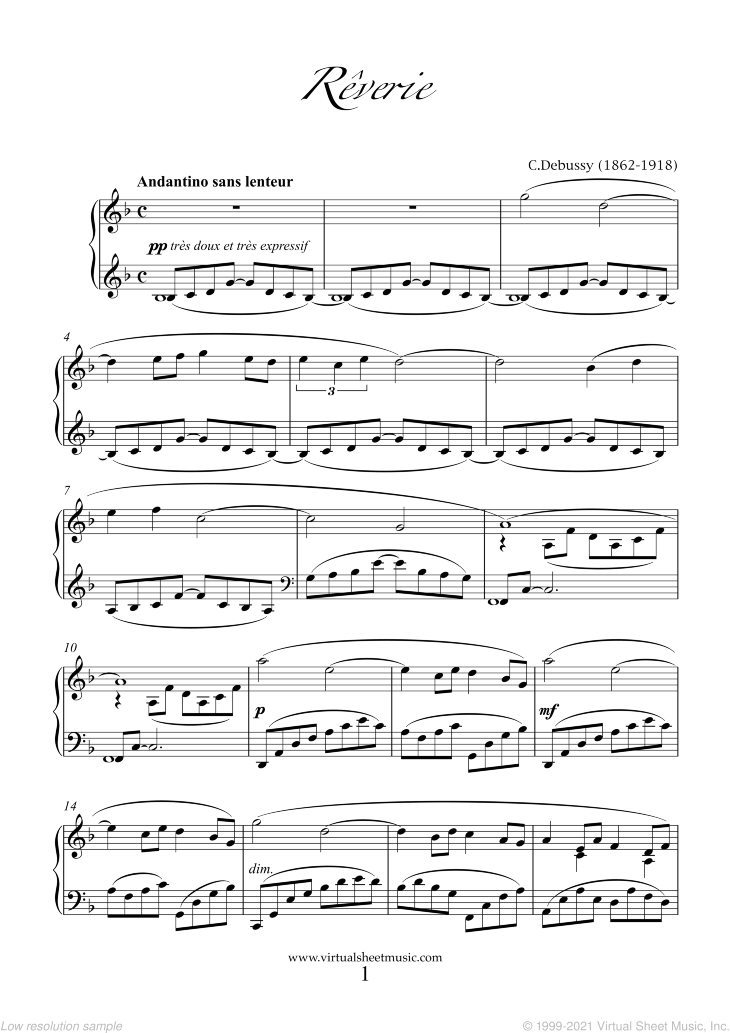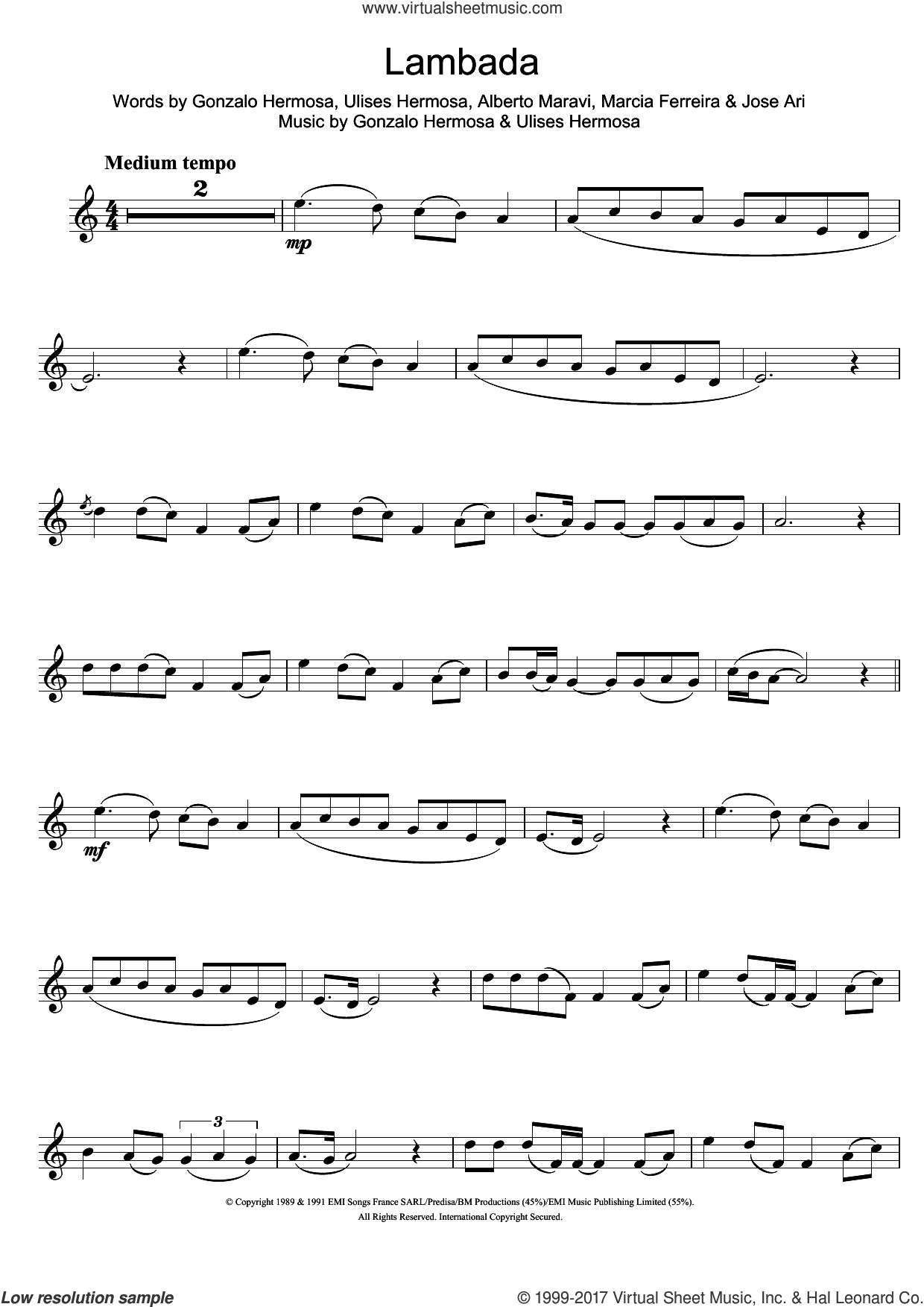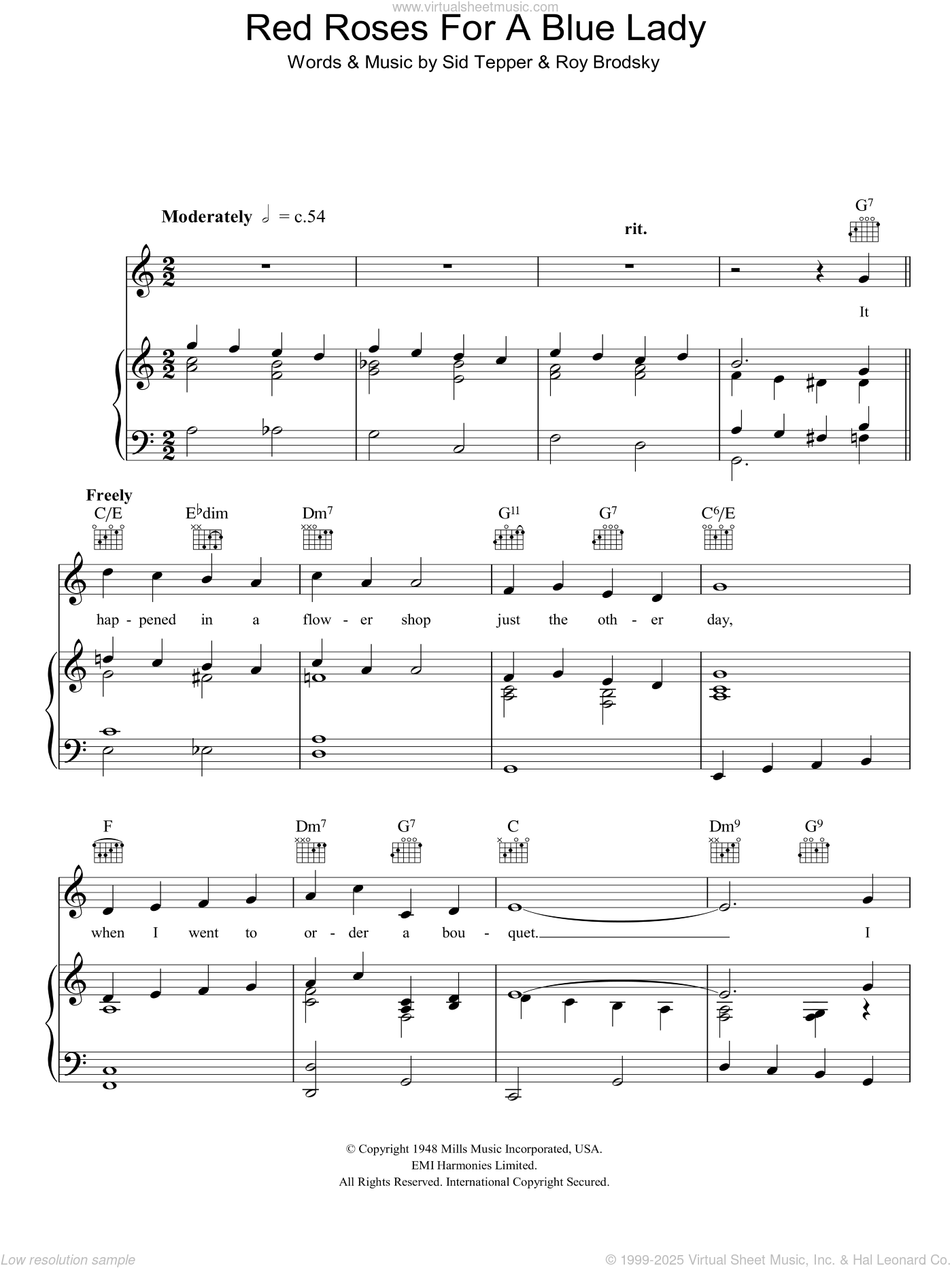Table of Content
After a very long time — with hits such as "Orilonise", "Fuji Disco/Iku Baba Obey", "Oke Agba", "Aye", and "Suuru" — he changed the group's name to "Supreme Fuji Commanders". Yoruba music has become the most important component of modern Nigerian popular music, as a result of its early influence from European, Islamic and Brazilian forms. These influences stemmed from the importation of brass instruments, sheet music, Islamic percussion and styles brought by Brazilian merchants. In both the Nigeria's most populous city, Lagos, and the largest city of Ibadan, these multicultural traditions were brought together and became the root of Nigerian popular music. 9ice is one of many that broke into the industry with Gongo Aso and many more artist followed. UK based saxophonist Tunday Akintan created yorubeat based on Yorùbá rhythms.
Among the Hausa, children play a unique instrument in which they beat rhythms on the inflated stomach of a live, irritated pufferfish. In the early 1980s, both Obey and Ade found larger audiences outside of Nigeria. In 1982, Ade was signed to Island Records, who hoped to replicate Bob Marley's success, and released Juju Music, which sold far beyond expectations in Europe and the United States. Obey released Current Affairs in 1980 on Virgin Records and became a brief star in the UK, but was not able to sustain his international career as long as Ade. Ade led a brief period of international fame for jùjú, which ended in 1985 when he lost his record contract after the commercial failure of Aura and his band walked out in the middle of a huge Japanese tour. Ade's brush with international renown brought a lot of attention from mainstream record companies, and helped to inspire the burgeoning world music industry.
‘Awards Chatter’ Podcast — James Gray (‘Armageddon Time’)
Ensembles of clay pots beaten with a soft pad are common; they are sometimes filled with water. Although normally tuned, untuned examples are sometimes used to produce a bass rhythm. Hollow logs are also used, split lengthways, with resonator holes at the end of the slit. Prefiguring, popularized by the famous Nigerian soundtrack producer Stanley Okorie, utilizes motifs and repetitive tunes to foreshadow dialogue and major plot events before they happen on screen.

Traditional Nigerian theatre includes puppet shows in Borno State and among the Ogoni and Tiv, and the ancient Yoruba Aláàrìnjó tradition, which may be descended from the Egúngún masquerade. With the influx of road-building colonial powers, these theatre groups spread across the country and their productions grew ever more elaborate. They now typically use European instruments, film extracts and recorded music. Safe Exam Browser is a webbrowser-environment to carry out online-exams safely. It regulates the access to any utilities and prevents students from using unauthorised resources.
International Music Score Library Project
Whether you're planning a Christmas concert or want to play some live music for your family, free printable Christmas sheet music makes it easy to learn all your favorite Christmas carols. Look online for public domain Christmas songs, which typically include anything published before 1922 and will be free. We've listed some of our best easy piano pieces below including well known traditional pieces, hymns, classical pieces, and originals written specifically for early elementary through early intermediate students. Fela Kuti began performing in 1961, but did not start playing in his distinctive Afrobeat style until his exposure to Sierra Leonean Afro-soul singer Geraldo Pino in 1963. Although Kuti is often credited as the only pioneer of Afrobeat, other musicians such as Orlando Julius Ekemode were also prominent in the early Afrobeat scene, where they combined highlife, jazz and funk.

Sowande was one of the first and most famous African composers in the Western classical tradition, and founder of the Nigerian art music tradition. Sowande was also an organist and jazz musician, incorporating these and elements of Nigerian folk music into his work. Echezonachukwu Nduka is poet and pianist, specializing in piano music by African and African-descent composers. Apala, a traditional style from Ogun state, one of the Yoruba states in Nigeria, became very popular in the 1960s, led by performers including Haruna Ishola, Sefiu Ayan, Kasumu Adio, and Ayinla Omowura.
View all Late Elementary piano sheet music.
These artists, along with Tunde King, established the core of the style which was called jùjú, and remained one of the most popular genres in Nigeria throughout the 20th century. Some Jùjú musicians were itinerant, including early pioneers Ojoge Daniel, Irewole Denge and the "blind minstrel" Kokoro. One of the most common types is a notched stick, played by dragging a shell across the stick at various speeds. It is used both as a women's court instrument and by children in teasing games. Rattles are common, made of gourds containing seeds or stones are common, as are net-rattles, in which a string network of beads or shells encloses a gourd. Rattles are typically played in ritual or religious context, predominantly by women.
Drums of many kinds are the most common type of percussion instrument in Nigeria. They are traditionally made from a single piece of wood or spherical calabashes, but have more recently been made from oil drums. The hourglass drum is the most common shape, although there are also double-headed barrel drums, single-headed drums and conical drums. Frame drums are also found in Nigeria, but may be an importation from Brazil. The xylophone is a tuned idiophone, common throughout west and central Africa. In Nigeria, they are most common in the southern part of the country, and are of the central African model.
The Hausa play percussion instruments such as the tambora drum and the talking drum. The most impressive of the Hausa state instruments, however, is the elongated state trumpet called Kakaki, which was originally used by the Songhai cavalry and was taken by the rising Hausa states as a symbol of military power. Kakaki trumpets can be more than two metres long, and can be easily broken down into three portable parts for easy transportation. By the start of the 20th century, Yoruba music had incorporated brass instruments, written notation, Islamic percussion and new Brazilian techniques, resulting in the Lagos-born palm-wine style.

The African Caribbean fusion is one that has been popular and growing over the years, especially in the 21st century. In this genre of music African musicians incorporate Jamaican patois into their lyrics and beats. This genre of music is gaining far more presence in Nigeria with recent 21st-century artists such as Duncan Mighty, Timaya, Slim Burna, Orezi, Burna Boy and Patoranking, who are attracting a younger audience. Among the Igbo people, Ghanaian highlife became popular in the early 1950s, and other guitar-band styles from Cameroon and Zaire soon followed.
Struck gourds, placed on a cloth and struck with sticks, are a part of women's music, as well as the bòòríí cult dances. Sometimes, especially in the north, gourds are placed upside-down in water, with the pitch adjusted by the amount of air underneath it. In the south-west, a number of tuned gourds are played while floating in a trough. Early television dramas in this era utilized folklore and songs from popular indigenous genres such as Nigerian highlife, as well as indigenous languages including Igbo, Yoruba, and so on.

The music required two or three talking drums , a rattle , thumb piano and a bell . Haruna Ishola was the most famous apala performer, and he later played an integral role in bringing apala to larger audiences as a part of fuji music. The Igbo people live in the south-east of Nigeria, and play a wide variety of folk instruments. They are known for their ready adoption of foreign styles, and were an important part of Nigerian highlife. The Igbo also play slit drums, xylophones, flutes, lyres, udus and lutes, and more recently, imported European brass instruments.

No comments:
Post a Comment